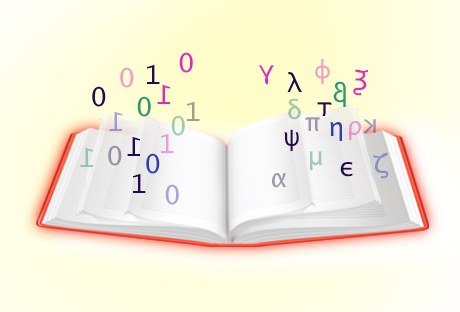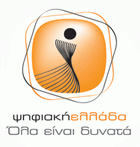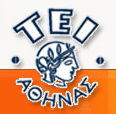JavaScript is disabled for your browser. Some features of this site may not work without it.
| dc.contributor.author | Κωνσταντούδης, Βασίλειος | el |
| dc.contributor.author | Γογγολίδης, Ευάγγελος | el |
| dc.contributor.author | Πάτσης, Γεώργιος | el |
| dc.contributor.author | Wagner, M. | en |
| dc.contributor.author | DeYoung, J. | en |
| dc.date.accessioned | 2015-05-18T18:56:55Z | |
| dc.date.issued | 2015-05-18 | |
| dc.identifier.uri | http://hdl.handle.net/11400/10695 | |
| dc.rights | Αναφορά Δημιουργού-Μη Εμπορική Χρήση-Όχι Παράγωγα Έργα 3.0 Ηνωμένες Πολιτείες | * |
| dc.rights.uri | http://creativecommons.org/licenses/by-nc-nd/3.0/us/ | * |
| dc.source | http://proceedings.spiedigitallibrary.org | en |
| dc.source | http://proceedings.spiedigitallibrary.org/proceeding.aspx?articleid=1323700 | en |
| dc.subject | Carbon dioxide | |
| dc.subject | Υπεριώδεις ακτίνες | |
| dc.subject | Διοξείδιο του άνθρακα | |
| dc.subject | LWR | |
| dc.subject | Ultraviolet rays | |
| dc.title | Line-width roughness analysis of EUV resists after development in homogenous CO2 solutions using CO2 compatible salts (CCS) by a three-parameter model | en |
| heal.type | conferenceItem | |
| heal.classification | Technology | |
| heal.classification | Electronics | |
| heal.classification | Τεχνολογία | |
| heal.classification | Ηλεκτρονική | |
| heal.classificationURI | http://id.loc.gov/authorities/subjects/sh85133147 | |
| heal.classificationURI | http://id.loc.gov/authorities/subjects/sh85042383 | |
| heal.classificationURI | **N/A**-Τεχνολογία | |
| heal.classificationURI | **N/A**-Ηλεκτρονική | |
| heal.contributorName | Harbinson, C. | en |
| heal.identifier.secondary | DOI: 10.1117/12.656579 | |
| heal.dateAvailable | 10000-01-01 | |
| heal.language | en | |
| heal.access | forever | |
| heal.publicationDate | 2006-04-11 | |
| heal.bibliographicCitation | Constantoudis, V., Gogolides, E., Patsis, G., Wagner, M., DeYoung, J. et al. (2006) Line-width roughness analysis of EUV resists after development in homogenous CO2 solutions using CO2 compatible salts (CCS) by a three-parameter model. In Advances in Resist Technology and Processing XXIII. 11 April 2006. San Jose | en |
| heal.abstract | Line Width Roughness (LWR) of resists constitutes one of the main obstacles in the race of further shrinking the feature dimensions of fabricated devices. Thus, the reduction and control of LWR is one of the biggest challenges of next generation lithographies. In this paper, the LWR output of a new development process of EUV resists which uses homogeneous carbon dioxide (CO2) solutions containing CO2 compatible salts (CCS) has been examined. The measurement and characterization of LWR has been made through the analysis of CD-SEM images and the application of a three-parameter model. The three parameters involved in this model (sigma value σLWR, correlation length ξ, roughness exponent α) determine both the spatial aspects (spectrum) of LWR as well as the interplay between LWR and local CD variations. It is found that wafers developed with CCS process gives substantially lower LWR parameters (σLWR,ξ) than comparable TMAH developed samples. Also, the impact of the preparation of resist wafer (exposure time, PAG and quencher level) and the development conditions (temperature, CCS concentration) on LWR parameters is examined so that we are able to identify trends to lead toward optimized LWR performance. | en |
| heal.publisher | SPIE | en |
| heal.fullTextAvailability | false | |
| heal.conferenceName | Advances in Resist Technology and Processing XXIII | en |
| heal.conferenceItemType | poster |
Αρχεία σε αυτό το τεκμήριο
| Αρχεία | Μέγεθος | Μορφότυπο | Προβολή |
|---|---|---|---|
|
Δεν υπάρχουν αρχεία που σχετίζονται με αυτό το τεκμήριο. |
|||
Οι παρακάτω άδειες σχετίζονται με αυτό το τεκμήριο:








